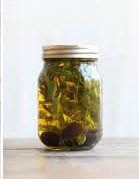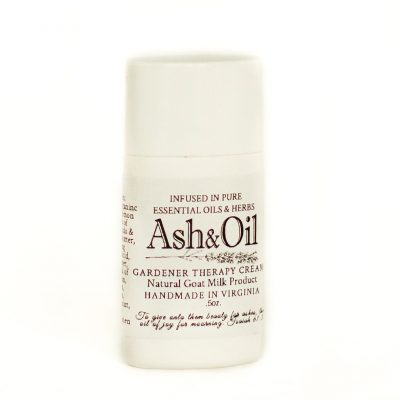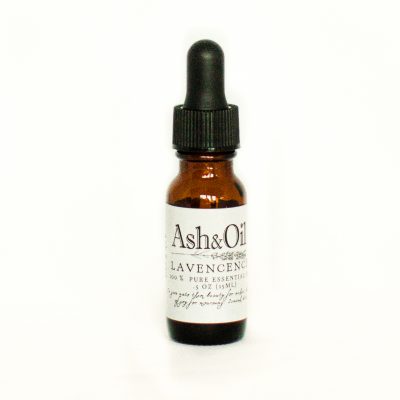Description
The use of the root of the herb Solomon’s Seal (polygonatum biflorum or multiflorum) dates back over 3,500 years ago to the era of King Solomon. He was so impressed by the plant’s diverse healing qualities that he proclaimed it a gift from God, and thus named it after himself. Its more “modern day” acknowledgement was by Dioscorides and Pliny in the 1st Century, A.D. Asian medicine considers it one of the ten top healing plants. Ancient Europeans and North American Indians considered it a “workhorse” herb of wide value. Today, there is increasing interest in the health values of the plant.
[clear]
Echinacea is a native North American coneflower that was discovered and used as a traditional herbal remedy for more than 400 years by the Great Plains Indian tribes. Technically classified as an herb, several species of the Echinacea plant are used to make medicine from its flowers, leaves and roots.
[clear]
Dandelion is a very rich source of beta-carotene which we convert into vitamin A. This flowering plant is also rich in vitamin C, fiber, potassium, iron, calcium, magnesium, zinc, and phosphorus. It’s a good place to get B complex vitamins, trace minerals, organic sodium, and even some vitamin D too. Dandelion also contains protein, more than spinach. It has been eaten for thousands of years as a food and as a medicine to treat anemia, scurvy, skin problems, blood disorders, and depression.




